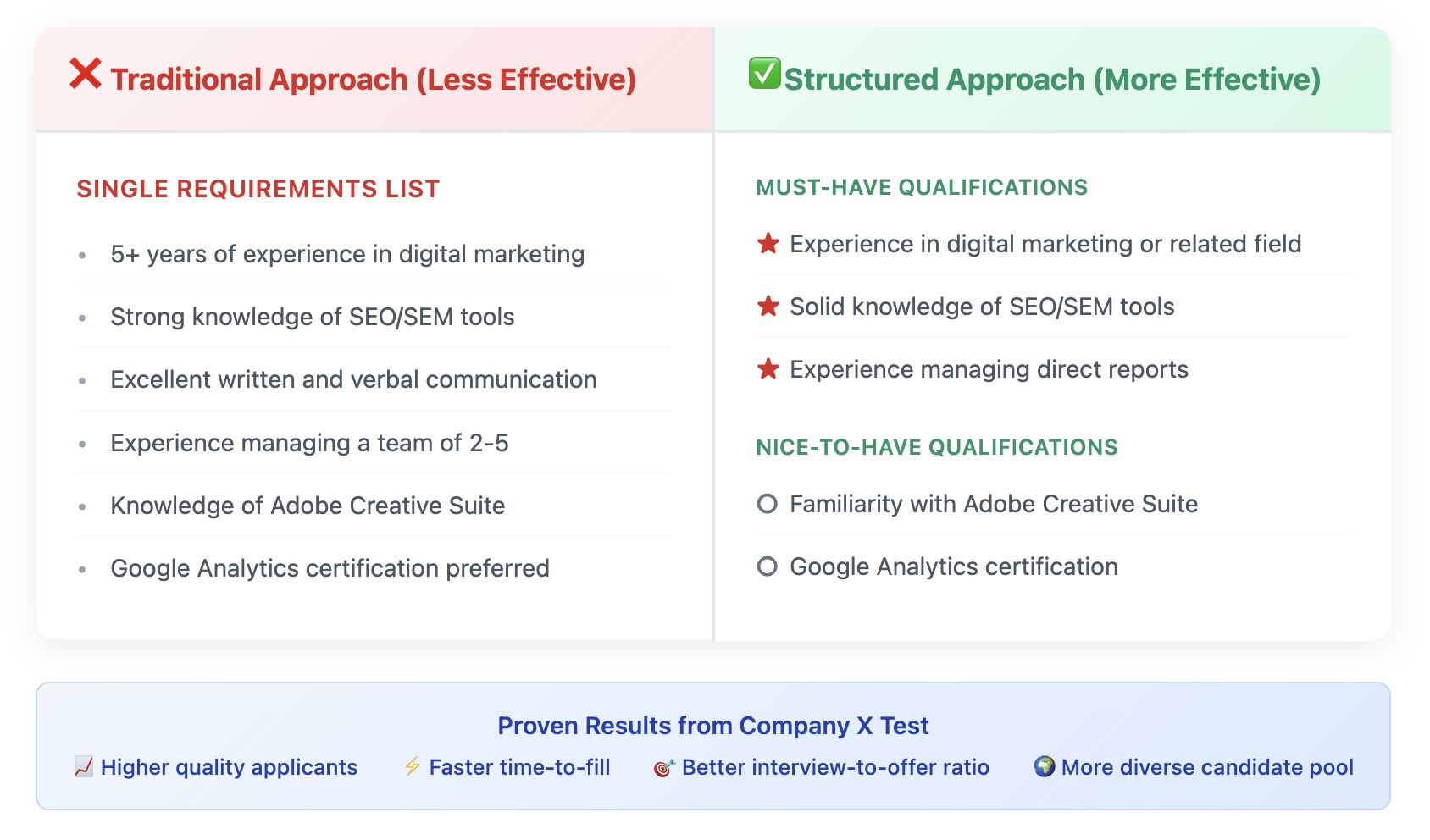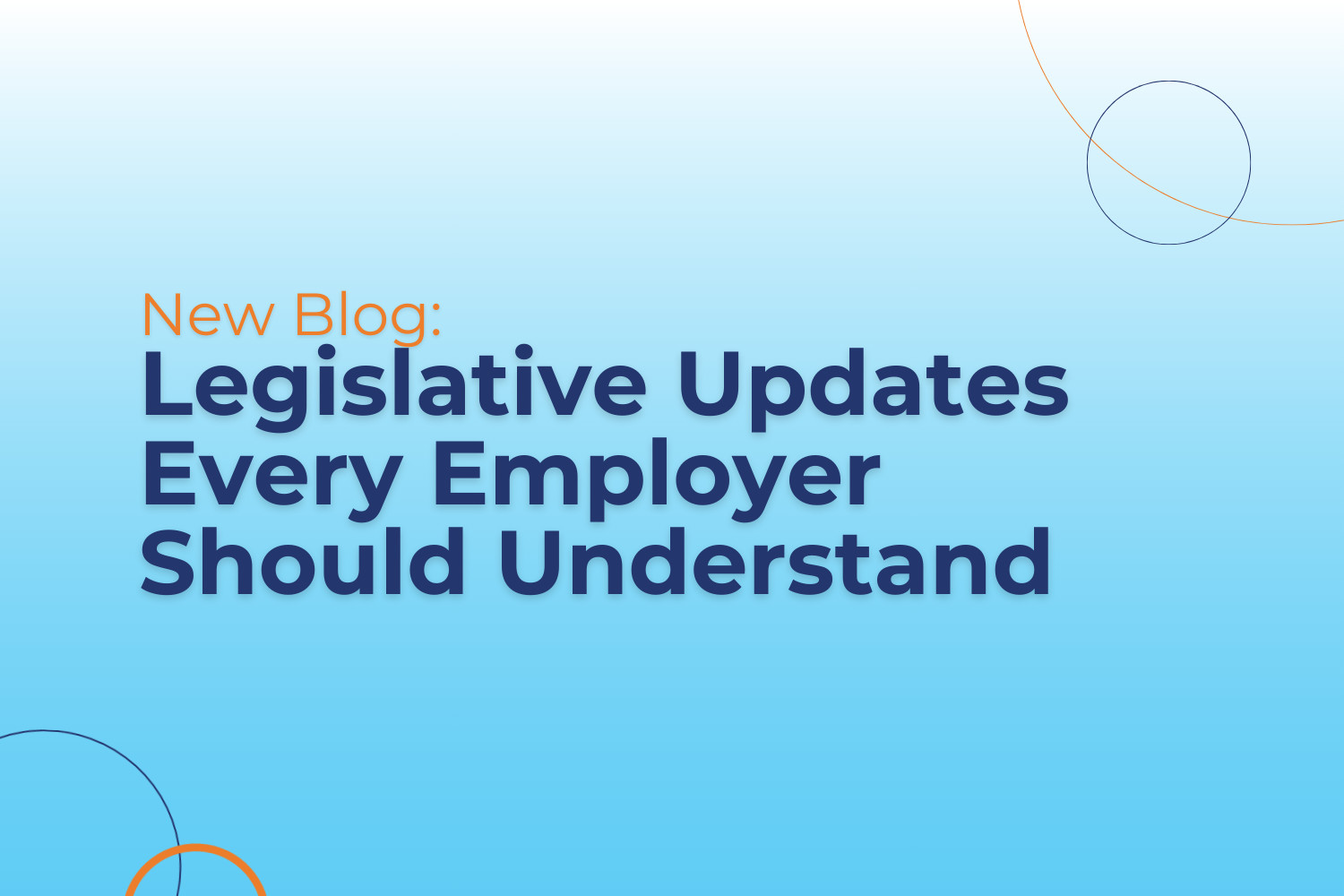The following is a guest article by Dr. Brittany Barhite, VP, Communication & Brand Experience at Firstup
Effective communication is the lifeblood of any organization. In healthcare, poor communication not only hampers efficiency but also can translate into substantial financial losses. According to a study by the University of Maryland’s Robert H. Smith School of Business, U.S. hospitals waste a staggering $12 billion annually due to communication inefficiencies. According to the Imprivata Report on the Economic Impact of Inefficient Communications on Healthcare, conducted by the Ponemon Institute, US hospitals lose about $11 billion annually because of poor communication practices. However, with intelligent communication strategies, hospitals can bridge these gaps, enhancing both operational performance and cost management.
Intelligent Communication: A Solution for Cost Efficiency
To mitigate these inefficiencies, investment in intelligent communication technologies is essential. These technologies streamline information flow among healthcare providers, ensuring that crucial data reaches the right people at the right time.
One prime example of effective communication in action comes from Cooper University Health Care in Camden, New Jersey, the leading academic health system in South Jersey. Cooper has nearly 10,000 team members, including 1,600 nurses, more than 900 physicians, and 500+ advanced practice providers practicing in more than 75 specialties.
Under the leadership of Dr. Michael Kirchhoff, the Chief Innovation Officer and Patient Safety Officer, Cooper implemented a program to recognize staff who report potential medical errors. This initiative, part of their High-Reliability Organization journey, uses advanced communication tools to celebrate and act on these reports. The program builds an understanding and culture around the importance of reporting.
The program not only enhances patient safety but also fosters a culture of accountability and continuous improvement, ultimately reducing costly medical errors that are estimated to cost the U.S. $17.1 billion annually. In addition, the program energizes team members, thus reducing turnover and increasing engagement.
Real-Time Communication for Operational Efficiency
In another case, a leading academic medical center faced the challenge of underutilized operating rooms due to last-minute schedule changes. Unused operating room time can significantly inflate healthcare costs and delay patient care. Every unused minute in an ambulatory surgery facility costs a hospital $7.25—or $435 an hour. That means every wasted minute from canceled appointments and other changes to the operating room surgery schedule drives up healthcare costs and affects patient services. In fact, if you do the math, in one year, the unused minutes add up to $3,800,160.
By adopting a real-time, intelligent communication platform, the center was able to keep 24,000 team members across 100 locations (many of who are deskless workers) informed in real-time about surgery scheduling changes, thereby optimizing the use of operating rooms and saving $200,000 over two years.
These communication tools allowed for hyper-personalized messaging, ensuring that only relevant employees received critical updates. This targeted approach minimized digital noise, allowing frontline workers to quickly respond to schedule changes and reducing the amount of wasted time and resources.
Ensuring Compliance Through Targeted Campaigns
Wellstar Health System in Georgia faced a compliance challenge with its flu vaccine policy. Every year, Georgia’s largest healthcare provider strives to ensure that a minimum of 90% of its 25,000 team members are in compliance with its flu vaccine policy. Two weeks before a critical deadline, however, only 54% were in compliance, which meant policy would prohibit thousands of team members from working.
Facilities would be short-staffed, putting a significant strain on the remaining team members. The organization may have also incurred $500,000 in labor costs to fill the gap with up to 1,000 travel nurses. And the communities Wellstar serves across the state would likely experience reduced appointment availability and longer wait times—putting the health and lives of many at risk.
Wellstar leveraged an intelligent communication platform that utilized employee attributes based on HRIS and behavioral data to send hyper-personalized communications to their workforce. The campaign successfully reached team members and their leaders with the compliance information they needed through the channels they used most, whether on a desktop computer or via a mobile app. Through intelligent communication strategies, Wellstar was able to launch a hyper-personalized campaign that raised compliance to 99% within two weeks. This not only avoided the significant labor costs but also ensured operational continuity and patient care quality.
The Broader Implications
Efficient communication platforms are not just about reducing costs—they are about improving patient outcomes and enhancing the overall quality of care. By investing in advanced communication technologies, hospitals can address the root causes of inefficiencies and create a more responsive, resilient healthcare system.
As the healthcare landscape continues to evolve, the role of intelligent communication will only become more critical. By embracing these technologies, hospitals can recoup significant financial losses but also pave the way for a more efficient and patient-centered healthcare environment.
 About Dr. Brittany Barhite
About Dr. Brittany Barhite
Dr. Brittany Barhite, an expert in communication and employee engagement, is the VP, Communication & Brand Experience at Firstup. Her passion for communication, employee engagement, and technology led her to earn a doctorate, focusing her research on these critical areas. Armed with both experience and education, Brittany introduces a refreshing approach to internal communications. Her methodology revolves around creative storytelling, data-driven personalized communications, and a pursuit of transforming the employee experience. Before joining Firstup, Brittany led internal communications for a Fortune 500 company, where she skillfully managed HR, IT, and executive communications.
Get Fresh Healthcare & IT Stories Delivered Daily
Join thousands of your healthcare & HealthIT peers who subscribe to our daily newsletter.











